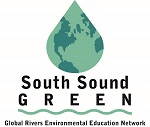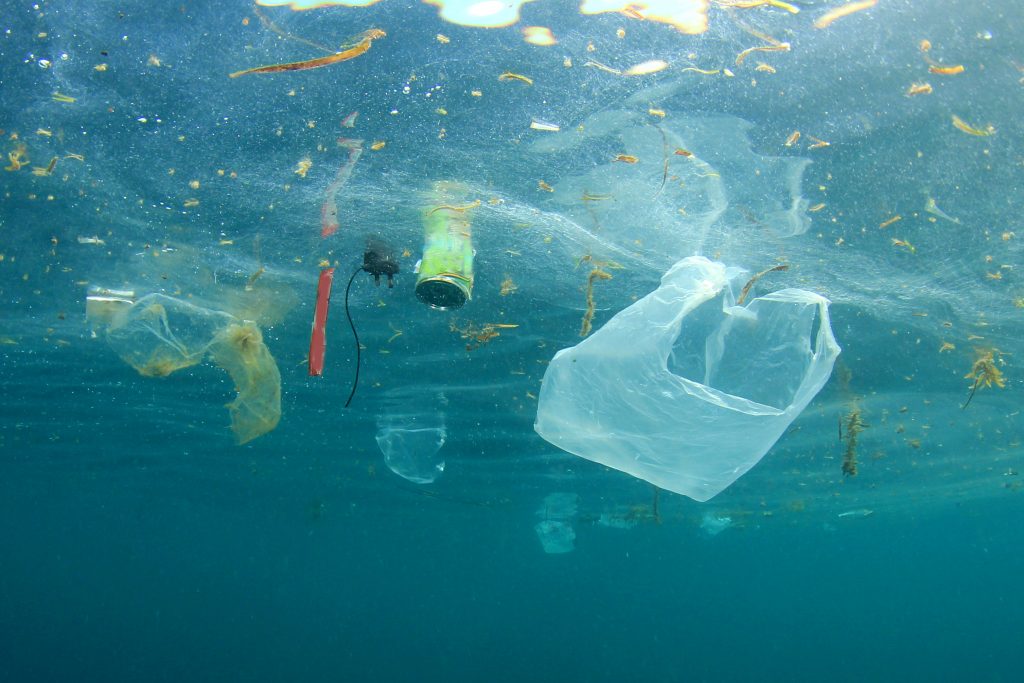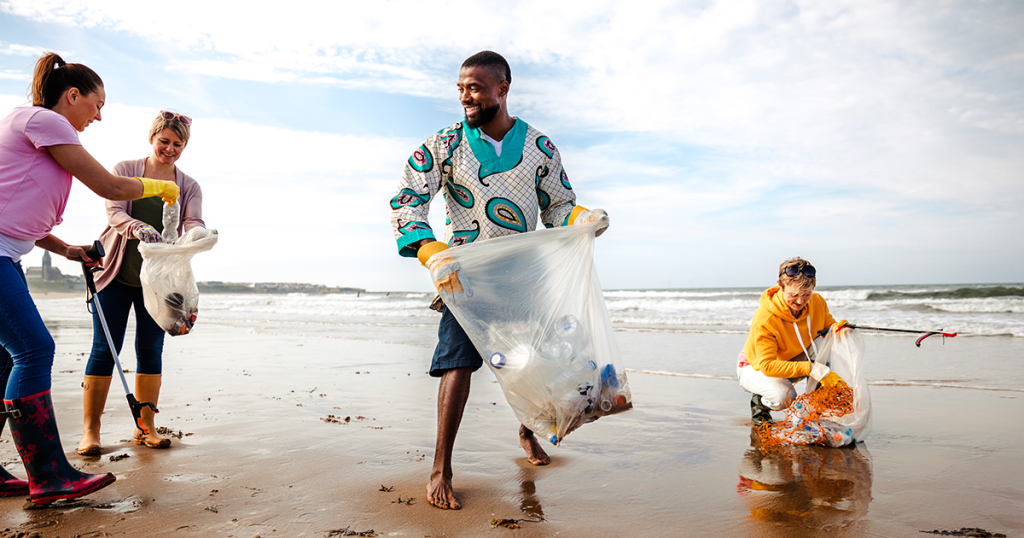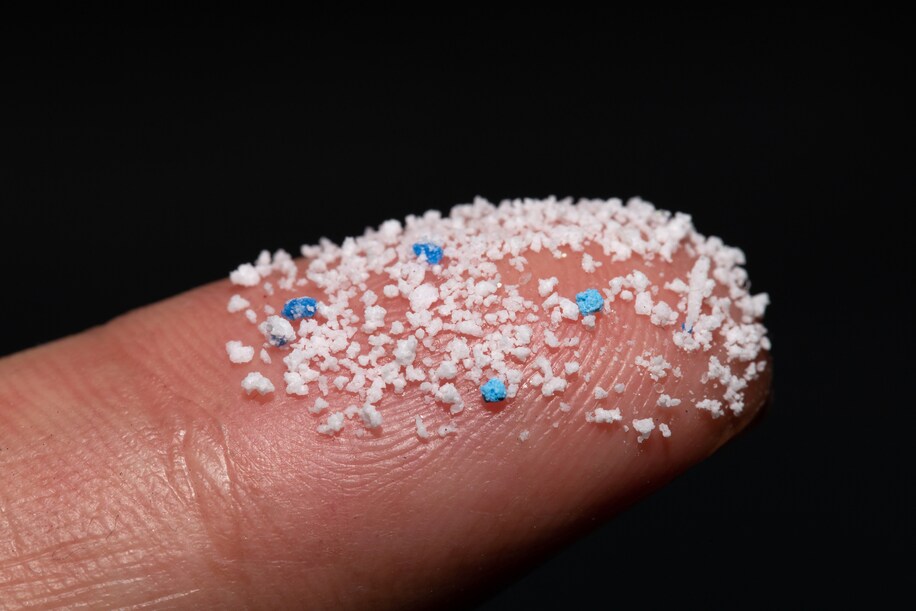Submitted by South Sound GREEN
In the face of COVID-19 and recent stay at home order, parents and guardians may find themselves looking for activities that not only keep students engaged, but also provide information about local environmental science and concerns. In our South Sound GREEN Home Based Science Project series, we will introduce and demonstrate various hands-on and at-home activities for children of all ages to do either indoors or outside!
 This time, we’re learning about marine debris, microplastics, and how you can help clean up the ocean this month!
This time, we’re learning about marine debris, microplastics, and how you can help clean up the ocean this month!
Clean Up the Coasts
Grade Level: 4th-8th (but anybody can participate!)
Materials
- The Beach Cleanup Data Card from the Surfrider Foundation
- Gloves
- Trash bags
Background
Did you know that this year’s International Ocean Cleanup is taking place in September? Across the world, thousands of individuals and organizations will go out to coastlines this month to help pick up trash and keep it out of the ocean and coastal environment. But why is there an issue with trash in the oceans, and where is the trash coming from?
For our purposes, we can refer to this “trash” as marine debris. Marine debris is any human-produced solid material that ends up in the ocean or other large body of water. Marine debris can come in all shapes and sizes, and can be purposefully or accidentally added to the marine environment. In some cases, the cause and source of marine debris along beaches is very obvious – a dropped plastic water bottle or a loose kite string are items that were left by humans, likely accidentally by people hanging out on a beach, and are easy to identify. Other human-produced materials like cigarette butts and plastic bags may not have been dropped at the beach, but were carried by the wind or nearby waterways. And then there’s an entirely separate category of marine debris that isn’t as obvious, and that’s because it’s often too small to see.

Microscopic pieces of plastic, or microplastics, are an unfortunately common occurrence of marine debris around the world. Marine debris is created when larger pieces of plastic break down, or erode. Materials that are made out of plastic, which include everything from plastic bottles to styrofoam to polyester clothing, can have a lot of negative environmental impacts when they break down. If you threw a rock into the ocean, the moving water, changing temperatures, and crashing waves would slowly break down that rock into smaller and smaller pieces, until you eventually had sand. On the other hand, if you threw a plastic bottle into the ocean, the same water would eventually cause the bottle to break into microplastics, which, unlike sand, stay floating in the water. These microplastics can be mistaken by animals as food, get into the gills of fish, and release dangerous chemicals into the water. The presence of microplastics in the marine environment can create a lot more problems than larger pieces of floating marine debris, and are more difficult to clean than larger plastics (but large marine debris is still bad for the environment too!).

By cleaning up larger pieces of marine debris, we can prevent them from getting into the water and turning into dangerous microplastics. That’s why this month, people all over the world will be going to their local beaches to help clean up marine debris and make their rivers, lakes, and oceans cleaner and healthier for the future!
Procedure
- While this activity is intended to be done at a local beach or waterway, you can do it in any outdoor area! Remember, even if you do not live by the water, you live in a watershed – and cleaning up your watershed will lead to healthier rivers and oceans!
- Choose a day (hopefully this month!) to go out and do your cleanup. Ideally, you’ll want a day with good weather so that you can spend more time outside. Also, make sure that your cleanup site is accessible and safe to go to.
- When your cleanup day comes, head out to your cleanup site! You’ll want to wear clothing that you won’t mind getting a little messy or wet. You’ll also want to wear gloves to protect your hands and a mask if you expect to be in a location with other people.
- Starting from one end of the beach (or a designated start point), start walking towards the other end of the beach, and throw out any marine debris you find along the way. This can be anything you see as garbage. Make sure that you’re not accidentally throwing away living organisms or any materials that belong to someone else on the beach!

- Record the marine debris you collect using the Beach Cleanup Data Card from the Surfrider Foundation, a national organization dedicated to protecting and preserving our oceans and beaches. What items do you seem to find a lot of? Why might this be? Is there anything that you or others could do to reduce the amount of marine debris that is left at this beach?
- When you finish collecting your trash, make sure it all gets thrown away. When you get back home, you can analyze your data card and even upload your data to the Surfrider Foundation website (your parent/guardian will need to register on the website first)!
- Congratulations, you have successfully removed marine debris from the environment! If you had fun, you can visit other beaches or natural areas and help with the cleanup efforts there as well!
Vocabulary
- Erode: To gradually wear away or break down
- Marine Debris: Any human-produced solid material that ends up in the ocean
- Microplastics: Microscopic pieces of plastic, or plastic pieces that cannot be easily seen with the naked eye
Keep Learning!
- The Surfrider Foundation has local chapters all over the country, including Olympia! You can find ways to get involved in events such as cleanups and citizen science projects on their website!
- Another local organization, the Pacific Shellfish Institute, has a Trash Bingo game for cleaning up trash wherever you are in nature!
- Learn more about the International Coastal Cleanup this month with the Ocean Conservancy!
- Check out these videos from past beach cleanups in Washington and Hawaii!
- Where does plastic even come from? Learn about the process of how plastic gets into almost everything with this video, The Story of Stuff.
- Share your cleanups with us on Instagram! Use the hashtag #GREENfromhome or find us at @southsoundgreen.
South Sound GREEN (Global Rivers Environmental Education Network) is a watershed education program in Thurston County that educates, empowers and connects thousands of local students in watershed studies annually. Through South Sound GREEN, participants engage in science and engineering practices related to water quality in South Sound. For more information, visit southsoundgreen.org.


















































